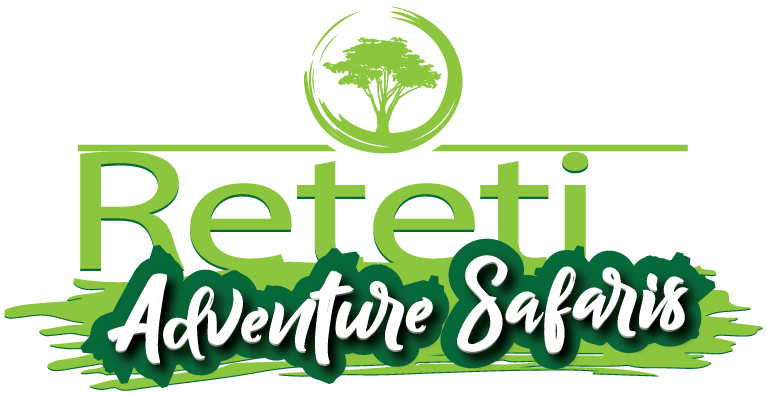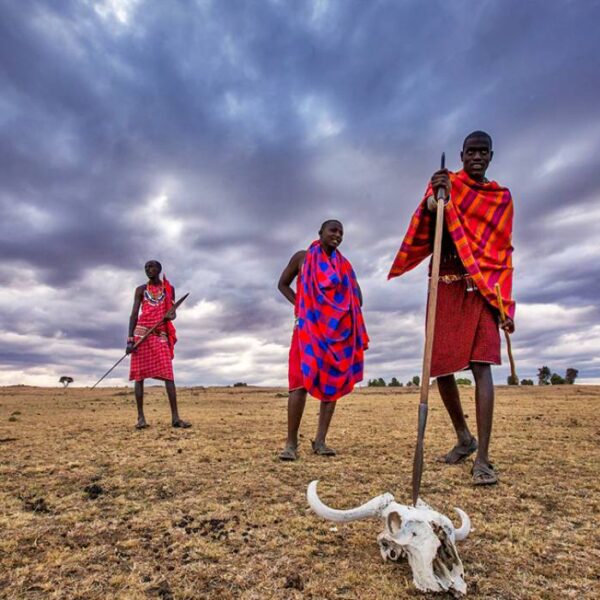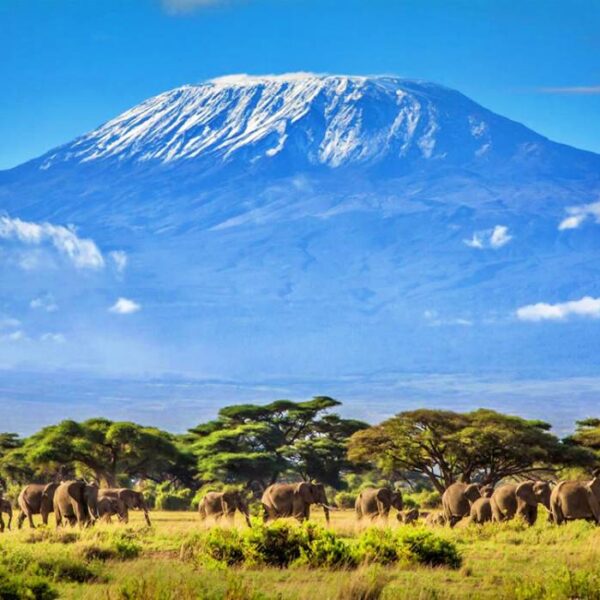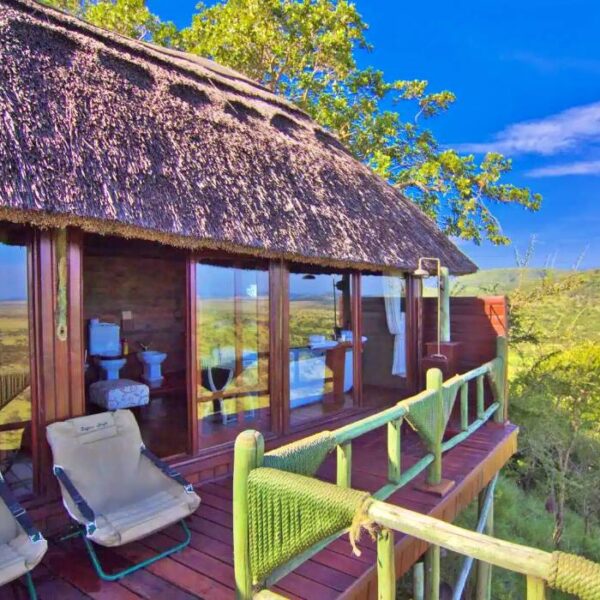While the Serengeti and Ngorongoro Crater are world-renowned safari destinations, Tanzania is brimming with lesser-known wonders waiting to be explored. Venture beyond the famous sites to discover a treasure trove of stunning landscapes, diverse wildlife, and rich cultural experiences.
Ruaha National Park: A Remote Wilderness
Ruaha National Park, Tanzania’s largest national park, beckons adventurers with its pristine and expansive wilderness teeming with wildlife. Situated in a remote region, Ruaha offers a serene and uncrowded safari experience amidst rugged landscapes and diverse habitats.
Renowned for its vast elephant herds, Ruaha National Park is also home to a significant population of predators, including lions, leopards, and wild dogs. The park’s varied terrain, from rolling hills to plains and riverbanks, supports a rich diversity of wildlife that thrives along the Great Ruaha River. This lifeline of the park draws in numerous animals seeking water, creating excellent opportunities for game viewing and wildlife photography.
Exploring Ruaha National Park offers more than just wildlife encounters; it provides a deep immersion into Tanzania’s natural heritage and conservation efforts. Conservation initiatives within the park aim to protect its wildlife and habitats, ensuring future generations can continue to marvel at its untamed beauty. For travelers seeking an authentic safari experience off the beaten path, Ruaha National Park promises unforgettable moments amidst Africa’s remote and untouched wilderness.
Selous Game Reserve: Africa’s Largest Game Reserve
Selous Game Reserve stands as Africa’s largest game reserve, a UNESCO World Heritage site encompassing over 50,000 square kilometers of untamed wilderness. Located in southern Tanzania, Selous offers intrepid adventurers an off-the-beaten-path safari experience amidst diverse landscapes that include expansive savannas, winding wetlands, and dense miombo woodlands.
One of the unique attractions of Selous is its array of safari activities that go beyond traditional game drives. Visitors can embark on boat safaris along the Rufiji River, where encounters with elephants bathing, hippos lazing in the water, and crocodiles sunning on the banks are common. Walking safaris provide an opportunity to explore the reserve on foot, led by experienced guides who share insights into the area’s flora, fauna, and conservation efforts. For the adventurous at heart, fly camping offers a thrilling overnight experience in the heart of the wilderness, immersing guests in the sights and sounds of the African night.
Selous Game Reserve is renowned for its diverse wildlife, which includes large populations of elephants, as well as lions, leopards, buffalo, and an impressive array of bird species. The reserve’s remote location and vast expanse ensure a tranquil safari experience, with fewer crowds and a sense of exclusivity that enhances the immersion into Africa’s natural splendor.
Exploring Selous Game Reserve is not just a journey through extraordinary landscapes and wildlife encounters; it’s an exploration of conservation efforts and the delicate balance between humans and nature in one of Africa’s last true wilderness areas. Whether gliding along the Rufiji River at sunset or waking to the calls of distant lions during a fly camping adventure, Selous offers a safari experience that promises unforgettable moments and a deep connection to Tanzania’s wild heart.
Mahale Mountains National Park: Pristine Primates
Katavi National Park: Untouched Beauty
Katavi National Park, nestled in the remote southwestern corner of Tanzania, is a haven of untouched beauty and pristine wilderness. Renowned for its isolation and unspoiled landscapes, Katavi offers an authentic safari experience amidst vast floodplains, dense woodlands, and seasonal lakes that support a remarkable diversity of wildlife.
One of Katavi’s defining features is its abundance of large mammal herds, including vast gatherings of buffalo that roam the plains in impressive numbers. The park’s rivers and seasonal lakes attract sizable populations of hippos and crocodiles, creating scenes of predator-prey dynamics and aquatic life that unfold against the backdrop of sweeping savannas. Birdwatchers are also treated to a variety of avian species, from majestic raptors to colorful waterfowl that thrive in the park’s varied habitats.
Katavi National Park’s remoteness ensures that visitors often have the opportunity to explore the landscape without the crowds typically found in more frequented reserves. This exclusivity enhances the safari experience, allowing for intimate wildlife encounters and moments of tranquility amidst the untouched wilderness. Whether observing wildlife from a safari vehicle or on foot during guided walks, every moment in Katavi is a testament to Tanzania’s natural beauty and the importance of preserving its wild spaces.
Exploring Katavi National Park is a journey into a pristine ecosystem where the rhythms of nature unfold undisturbed, offering travelers an authentic glimpse into Africa’s untamed heart. From watching herds of buffalo graze under vast African skies to witnessing the drama of predator and prey interactions, Katavi promises an unforgettable safari adventure that celebrates the raw beauty and biodiversity of Tanzania’s wilderness.
Cultural Encounters: Rich Traditions and Heritage
Tanzania’s cultural tapestry is as vibrant as its wildlife, offering travelers a chance to explore rich traditions and heritage through authentic encounters with indigenous tribes. Visiting local villages and engaging with communities such as the Maasai, Hadzabe, and Datoga provides profound insights into their traditional lifestyles, customs, and deep connection to the land.
The Maasai people, known for their distinctive attire and proud warrior traditions, welcome visitors into their villages to share aspects of their daily lives, from traditional dances like the adumu to the artistry of beadwork and jewelry-making. These cultural exchanges offer travelers a firsthand glimpse into the resilience and cultural pride that define the Maasai way of life.
For those seeking a more immersive experience, engaging in cultural tours and community projects allows travelers to participate in meaningful interactions and contribute to sustainable tourism efforts. These initiatives support local communities by preserving cultural practices, promoting economic empowerment through handicrafts and tourism enterprises, and fostering environmental conservation practices that benefit both people and wildlife.
Exploring Tanzania’s cultural diversity is not just about learning traditions; it’s about forging connections and building mutual respect between visitors and local communities. Whether learning survival skills with the Hadzabe hunter-gatherers or witnessing traditional ironworking techniques with the Datoga, each cultural encounter enriches the travel experience, offering a deeper appreciation for Tanzania’s heritage and the enduring spirit of its people.
Conclusion
While the Serengeti and Ngorongoro Crater are iconic, Tanzania’s hidden gems offer equally compelling reasons to visit. From the remote wilderness of Ruaha and Selous to the primate-rich forests of Mahale and the untouched beauty of Katavi, Tanzania’s lesser-known destinations promise unique and enriching experiences. Embark on a journey beyond the well-trodden paths to uncover the true essence of Tanzania’s diverse and captivating landscapes.



